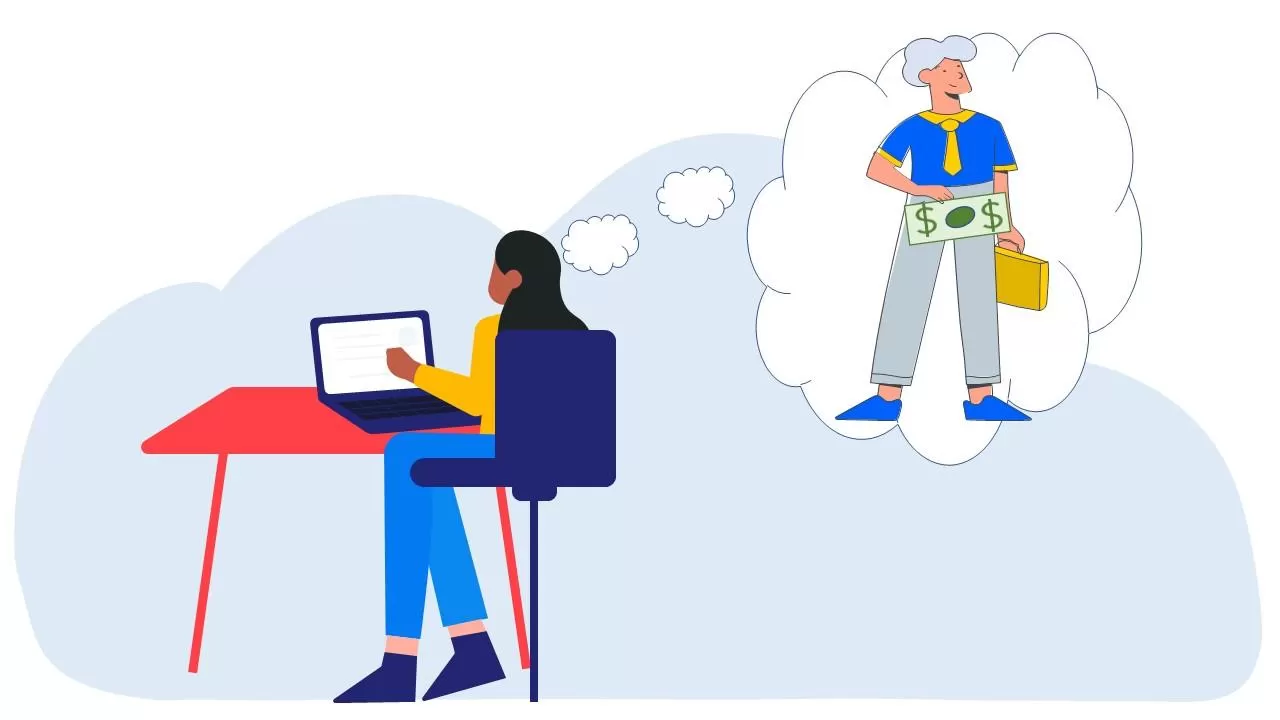The best proposal outline is written from the customer’s point of view
Your proposal outline is the first step in fulfilling the customer's expectations
When you receive a proposal, what information do you need in order to decide whether to approve it? The decision maker starts with questions and looks for answers. They don’t read your proposal. They look for answers.
When you are the decision maker, your questions might include:
- What am I going to get or what will the results be?
- What do you want (from me)?
- How much is it going to cost and is it worth it?
- What will it take to make it happen?
- What could go wrong?
- Why should I believe you?
- What alternatives do I have?
Now pretend that you are receiving a proposal from someone who wants you to do something, approve something, or buy something. Think about the first thing you want to read. If you weren’t expecting to receive a proposal, it might be “What do you want (from me)?” “What are you asking me to do?” or “What do I have to decide?” If you were expecting the proposal, then the first thing you'll probably want to know is “What am I going to get?” “How much better off will I be?” “Did they get it right?” or “Is it complete?”
This is closely followed by “What do I have to do to get it?” “What’s it going to cost?” “Is it worth it?” and “Can I afford it?” If you agree that it’s worth it and you have the budget, you’ll want to dig deeper and find out what it will take to make it happen. At that point you start looking for things that could go wrong and will want to make sure you can trust the person or company who brought you the proposal to deliver what they promise. You’re asking yourself “Will they deliver (completely, accurately, on time, and within budget)?” and “Can I trust them?”
Once the decision maker has answers to all those questions, they still need to consider whether there are alternatives. That’s when they ask questions like “What if I don’t do what they want?” “Is there another approach that better meets my needs?” “What if I pick someone else?” and “What makes this proposal the best alternative or selection?” Finally, the decision maker must be sufficiently motivated. Otherwise they might ask “What if I do nothing?” “What if I wait?” or “What if I ask someone else (for input, for a proposal, for help deciding)?”
If this is what the decision maker is looking for, then your outline should provide the answers they are looking for. You can build your outline around these questions. But it's even better to use statements that summarize the answers. When you do that, your proposal headings will directly answer the questions the decision maker has in mind, before they even read the text.
If you're writing a proposal in response to a written RFP that specifies how they want the proposal organized, you must follow their outline. However, the evaluator still has the same questions and they still need to find the answers in your proposal. An excellent way to exceed the RFP requirements without increasing the cost of your solution is to do a better job of answering these questions, especially the ones they forgot to ask.
Even if you don’t use these questions to build your outline, you can still use them to plan the content of your proposal and use them to assess the quality of a draft. If you decide that it is better to organize your proposal headings another way (geographically, in sequence, etc.) you should still make sure that the proposal reflects the customer’s perspective and answers their questions.
To win your proposal, you need to anticipate the questions that will matter the most to the decision maker and then motivate them to accept your proposal.
Access to premium content items is limited to PropLIBRARY Subscribers
A subscription to PropLIBRARY unlocks hundreds of premium content items including recipes, forms, checklists, and more to make it easy to turn our recommendations into winning proposals. Subscribers can also use MustWin Now, our online proposal content planning tool.


